QuestionHello,
I am in need of serious help with my 7 year old Irish Sporthorse gelding.
Following is WAY too much information, but I am desperate for help at this
point.
A little history: We bought him 1 1/2 years ago from a trainer in Carmel
Valley, CA. He had gone Preliminary successfuly in eventing once before,
shown up to first level dressage. We had him fully vetted and he was sound (1
minus out of 5 on RF on small cirlce on pavement). Radiographs showed some
mild pedal osteitis, some very mild changes on hocks, and an OCD lesion on
Left stifle. X-rays were reviewed by prepurchasing vet (Steinbeck equine in
Salinas, CA); personal vet (Ann Gillis in Santa Rosa, CA); Dr. Larry Galupo at
UC Davis; and radiologist at UC Davis. All confirmed the OCD lesion in LH, no
one concerned with anything else on radiographs.
Once we had him home we had him in full dressage (2nd level) and jumping
(3'6") work. He had a few bonks in pasture so some time off for a swollen
right front, no lameness. When coming back to work at canter he colicked
twice, the second time needing a trip up to Davis as the banamine was not
holding him. Gastric scoping showed pretty moderate gastric ulcers, and he
was treated numerous times with gastroguard for them. Upon last recheck
they were cleared (about 4 months ago). The colic and the ulcers told us that
he is a very stoic horse, as he is the LAST horse in the barn we suspected to
have ulcers, and he barely showed us how uncomfortable he was when
colicking.
After the ulcers and the time off for the bonks he was back to full work by
May. We moved facilities in June where he moved from a flat pasture to one
on a hill. He also started eating Oat/wheat hay at this time. He has always
had a pretty pony-ish walk, but by July he started having brief moments in
the walk where he would go completely dead lame on his right hind, then
walk out of it. Towards September I could start to feel it in the right canter at
moments, like he was cantering up hill, but I could push him out of it easily
and he would feel fine. He would seem to do it more on jumping days during
walk breaks, on the hard ground either before and/or after work, and after
standing in the cross-ties for 20 minutes or more. It seems as though he
does it less when he is "put together". He is sound in the trot, and working
very well. People think I am crazy because he is going so well in all of his
work.
Vet came out, agreed that he is sound in the trot, did not think that he was
locking his stifle at all, just dead lame for a few steps in the walk, then
completely fine. Vet did flexions, and they were very slight for rear limb,
negative for front limb. We did a bute trial at 2 grams twice daily for a few
days. Thought he felt better, but then when he came off the bute he still felt
better, then it came back maybe a few days later. He went up to UC Davis at
the end of September, and they felt that he was lame consistently on his right
hind in both hard and soft ground. His right rear flexion was mild, his left
rear flexion was VERY positive, which was interesting as this was the first
time he was positive there. He did NOT do his very lame steps at all during
the visit at the walk. I could not see the lameness that they were picking out
on the right hind, but I am no expert (though I think I am pretty darn picky
and can usually tell when there is a problem). They felt they blocked the
lameness out to his hock. They took some new hock xrays, as well as went
over the ones taken in July, and felt there were no changes since then, but
still felt that the lameness could be attributed to his hocks, even though there
is nothing significant on xrays. They recommended hock injections, which
were done a week and a half after, on October 10. After a week of rest after
the injections, he had one ride, and he felt EXACTLY the same: Still lame steps
at the walk intermittently, still felt great at all other gaits, except for the right
canter at times. UCD said to give him 3 weeks of rest to give the steroids time
to work. I have been walking him bareback on both hard and soft ground
since then, and he still does it at least 2-4 times during a 30 minute walk.
Since I am bareback, I can also feel his back tighten up when he does it. At
the beginning of October he moved off the hill and in to a smaller mostly flat
pasture with one other horse. He is on monthly legend, adaquan, and an oral
joint supplement. He is on grass and wheat hay, alfalfa pellets, TDI senior,
gleam and gain, and neigh lox.
I am at a loss with what to do with him now. I feel that the hocks are not the
issue, and as much as I completely LOVE and trust the vets at UCD, I don't
really feel that they are listening to me, and I feel that maybe they are picking
out a very minute and unrelated lameness in his right hind hock. My vet at
home never picked this up, and she is the most picky and conservative vet in
our area. I am reluctant to take him back to UCD, as they said they will want
to nuke scan him, and I have seen too many nuke-scans just confuse the
issue, and send you chasing after ghosts. This lameness is so weird and
intermittent, but so pronounced when he does it. This horse means so much
to me, and I just don't want to make it worse by ignoring it. I don't have the
money to go chasing every last thing down, and I just want someone
knowledgeable who will listen to my input, as I am the one who spends day
in and day out with this horse.
Please help!!!!
AnswerDear Cecily:
I cant presume to be able to diagnose this over the web.Especially when you have had quality people and institutions involved. I do think this really needs to be re-evaluated physically and visually. Having said that, I will say a few things that have crossed my mind. In my hands, I dont think this horse has been blocked enough. I think there needs to be more blocking in the affected leg rather than assuming where the lameness is coming from. That said, too, I would block the lower limb first and rule that out- I dont get the impression that your horse will block there. Then I would for sure want to block the stifle individually. There can be soft tissue injuries in the stifle, (liagments, meniscus etc) that could be a problem. An ultrasound of that is indicated if the horse blocks or improves. Then, I would consider very strongly blocking the high suspensory in this horse. Such an injury is very common in event horses and can look very strange and intermittent. If he blocks there, it too needs to be imaged. Finally, I also would consider the possibility of a pelvic injury, a sacroiliac or lumbosacral source of pain which CAN produce lameness in the opposite limb. Nuclear scintigrapy is a useful modality when used properly. It could be very helpful in your horse if these diagnostics do not help. I encourage you to be more open to it.
Finally, you may need a new pair of eyes to examine your horse. I dont know where you live but I have a very good friend in Portland Oregon who really specializes in sport horses and their lamenesses. If you can get to him, I can assure you you will be pleased. His nnumber is 503-632-9151, Dr Mark Revenaugh, Northwest Equine Performance Inc.
Im sorry I cant be more specific but the above is the approach I would take. Call Mark and he will help you through this.
Good luck, please write back and tell me how things go.
Bradford Bentz

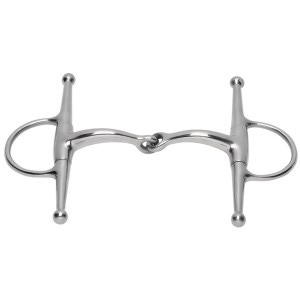 curved mouthpiece bits on racehorses
Question
curved mouthpiece
hello Lynne. I work i
curved mouthpiece bits on racehorses
Question
curved mouthpiece
hello Lynne. I work i
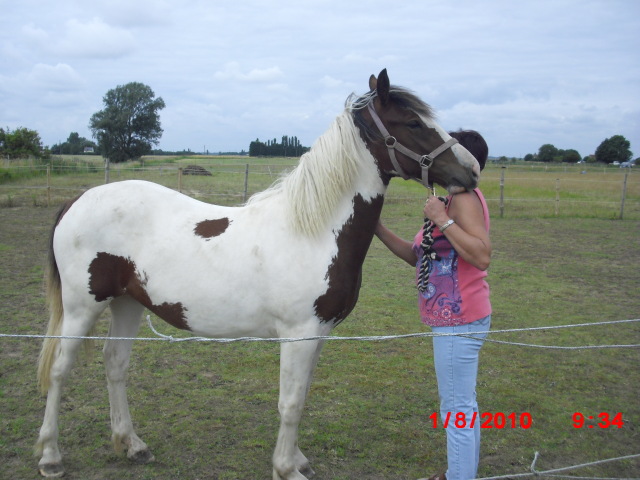 Wild Horse.
Question
My Crazy Horse
Hi, I have a 17 month old filly
Wild Horse.
Question
My Crazy Horse
Hi, I have a 17 month old filly
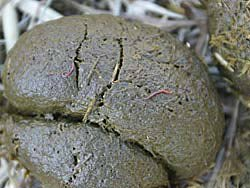 horse dropping - worms
Question
horse droppings
hello Lyn, i have attac
horse dropping - worms
Question
horse droppings
hello Lyn, i have attac
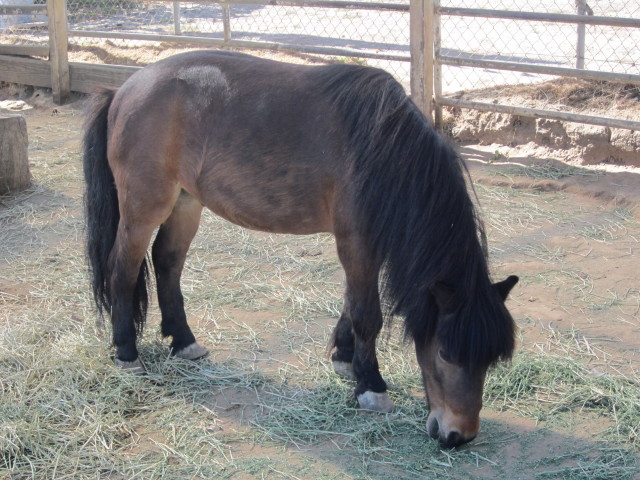 Question
QuestionSnipper
QUESTION: Hello!
I volunteer wit
Question
QuestionSnipper
QUESTION: Hello!
I volunteer wit
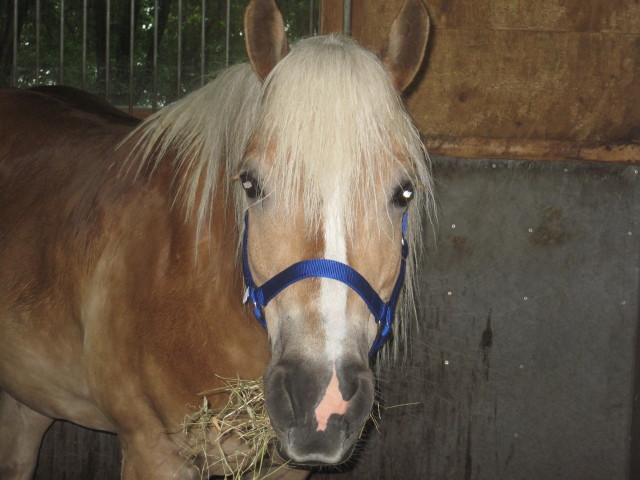 horse wont walk alone......
Question
copain my horse
ok so my horse (not mine but i
horse wont walk alone......
Question
copain my horse
ok so my horse (not mine but i